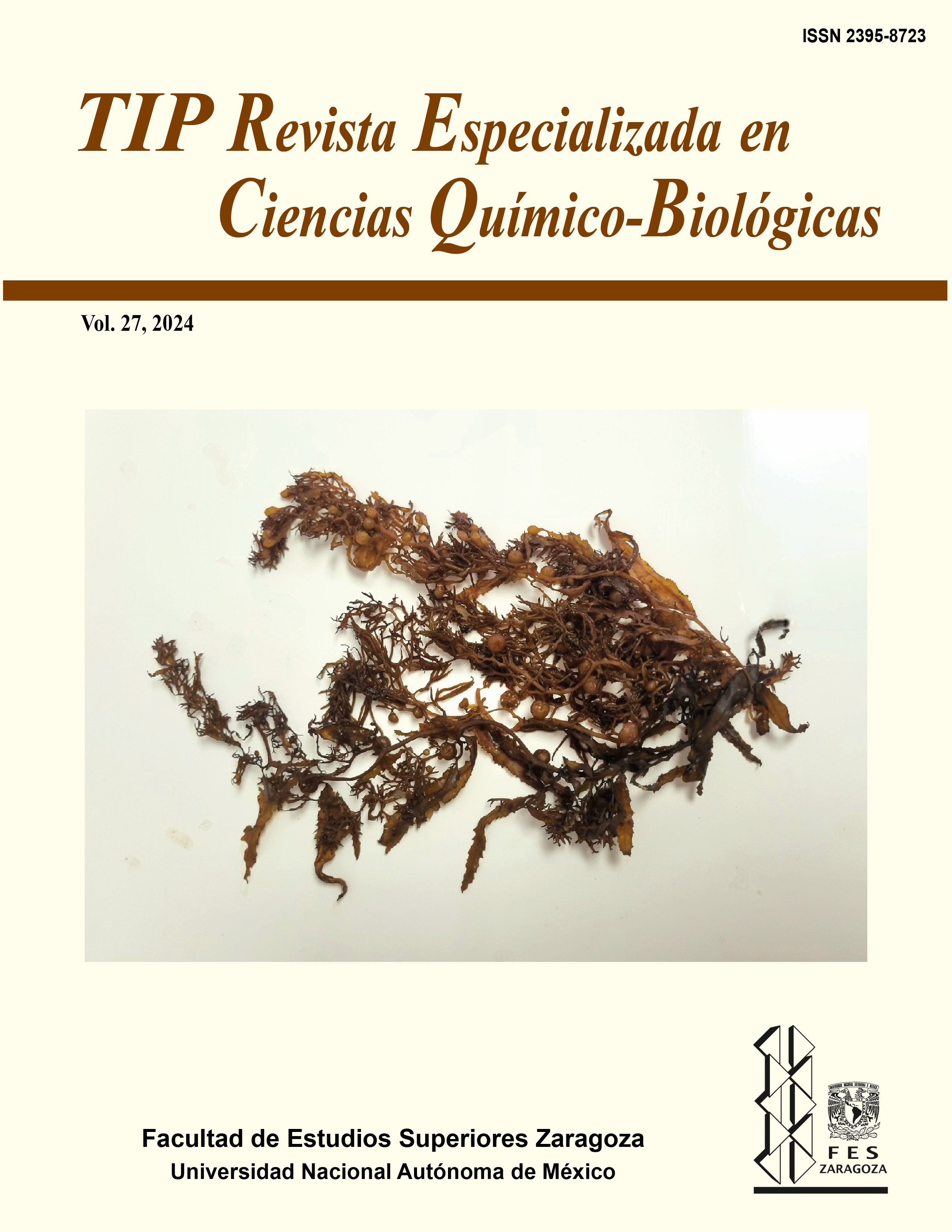Abstract
Diabetes mellitus is a disease that affects more than 537 million people in the world without decreasing. When diabetes becomes complicated, it damages several organs until it causes death. The drugs in use to counteract the disease produce side effects; a circumstance that has led to research on plants with anti-diabetic properties. The objective of this study was to evaluate the antidiabetic potential of extracts obtained by maceration of the following parts of the plant: Cylindropuntia imbricata (Cactaceae) cladode and seed, Opuntia engelmannii (Cactaceae) cladode and seed, Ibervillea sonorae (Cucurbitaceae) root and Theobroma cacao (Malvaceae) seed mixed with solvents of different polarity (hexane, ethyl acetate, dichloromethane and methanol). A total of 24 extracts were obtained and subjected to the following analyses: 1) phytochemical screening to determine their composition, 2) toxicity in B16F10 cells using the alamar blue test, 3) antioxidant capacity through DPPH inhibition, and 4) in vitro evaluation to determine their antihyperglycemic capacity (inhibition of alpha-glucosidase). The results obtained from methanolic extracts with O. engelmannii and T. cacao seeds, as well as ethyl acetate extracts with T. cacao and C. imbricata seeds showed antioxidant and antihyperglycemic activity. No toxicity in B16F10 cells, and antidiabetic potential in vitro.
TIP Magazine Specialized in Chemical-Biological Sciences, distributed under Creative Commons License: Attribution + Noncommercial + NoDerivatives 4.0 International.



